- David Claffey
- Posted On
Claffey: Why Clearlake needs a new, transparent board of directors at Highlands Water
The survey also solidified our concerns that water service in the city, particularly from Highlands Mutual Water Co., is holding us back.
The survey shows residents want growth, plain and simple. Our community has a clear priority on initiatives to enhance the overall quality of life including more housing, expanded medical facilities, and increased recreational opportunities such as gyms, fitness centers, and public pools.
They also want more retail shops and services to support their daily needs and the city’s economic development. But, to build a thriving Clearlake that truly meets these hopes and dreams, we must have reliable water service.
Before Clearlake was a city, it was carved up between three different water agencies, with many of our community’s commercial areas falling within Highlands’ service area. Unfortunately, Highlands’ deficient water system is not up to serving some current customers and has been halting growth and development opportunities for years.
Highlands' system fails in several critical areas: unreliable service, water quality problems, high costs, inadequate fire flows, and a lack of infrastructure investment. These issues don’t just inconvenience our residents — they actively hold Clearlake back. The inability to provide reliable water service discourages business development, stifles housing developments, and prevents the expansion of vital services.
A recent court ruling found that Highlands’ April election did not follow the law, requiring them to conduct a new election before Sept. 30.
Highlands currently plans a Sept. 12 cutoff date to vote for a new board although the announcement of a new election is flawed and does not provide all shareholders notice of the election as required by law; it will likely be necessary to go back to court because they are not following state law or their own bylaws which address their election requirements.
Unlike public agencies like Konocti County Water, Highlands isn't required to hold open meetings or be transparent about its finances. We're especially troubled by the relationships between board members and their family members, raising concerns that some decisions may prioritize personal gain over community service.
A fair election is a crucial opportunity to elect transparent, accountable leadership that are shareholders within Highlands’s boundaries and will prioritize the needs of residents over personal gain. However, Highlands is proposing the same board members who have overseen the company’s failures, which is a concerning prospect for our city’s future.
Our survey revealed that nearly four out of five residents believe that water agency board members should be elected by the people and two-thirds want transparent leadership. While this is required by public agencies like Konocti County Water, it isn’t at Highlands.
But, as part of a new election, we hope a new board at Highlands will ensure that those in charge are directly accountable to the community they serve, rather than operating in secrecy with little oversight.
Accountability is particularly crucial given the significant concerns about fire safety. Highlands’s system often cannot meet fire flow requirements, with a strong majority of Highlands customers expressing concern that Highlands can’t provide the water pressure needed for growth.
Highlands’s inadequate system jeopardizes public safety and stifles growth, including vital new businesses our community wants and needs. Clearlake’s future depends on a water system that meets fire codes and supports new development without compromising safety.
Another major concern is water quality. Highlands’ system frequently requires customers to boil water due to contamination issues. Unless there’s a major overhaul of infrastructure, these problems will only worsen over time.
Highlands also fails to apply for grant funding, leaving customers to shoulder the full financial burden. As a result, Highlands’ water rates are ranked in the worst category for affordability by the State Water Board, with rates that are, on average, $45 higher per month than those of Konocti County Water, a public agency.
A lack of transparency and accountability, combined with these high costs, makes it clear that a change in leadership is essential.
The upcoming election is a pivotal moment for Clearlake. We urge Highlands’s shareholders to vote for a new, transparent board of directors committed to securing grants, improving infrastructure, and maintaining transparency. Clearlake cannot afford to wait while its water service continues to deteriorate and hold our city back.
Clearlake is rising, with progress and promise evident in every corner of our community. But to fully realize our potential, we need the basics — like reliable water service — to be in place.
A new, accountable board is not just necessary — it is essential for the future prosperity of Clearlake and its residents.
David Claffey is the mayor of Clearlake, California.

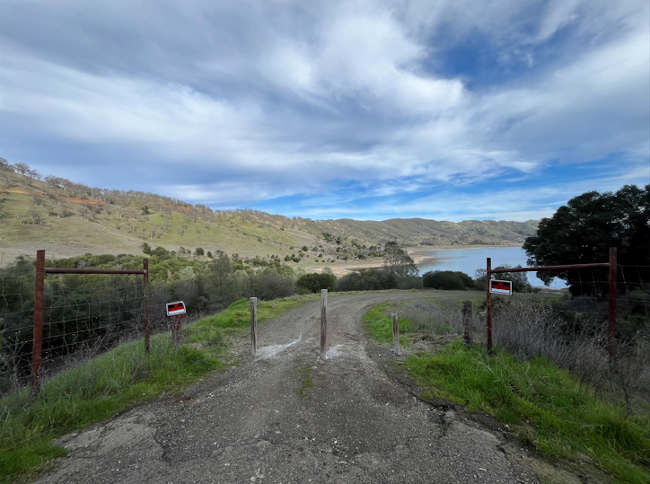
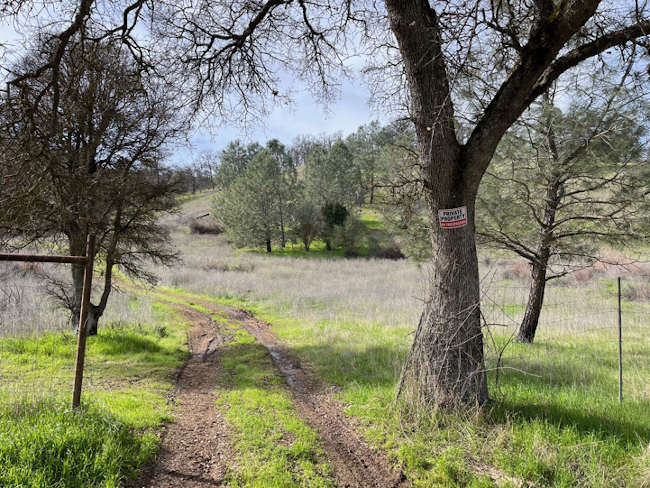
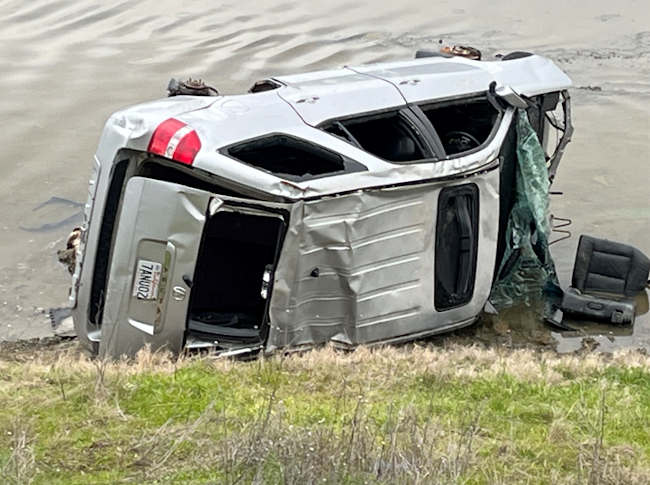
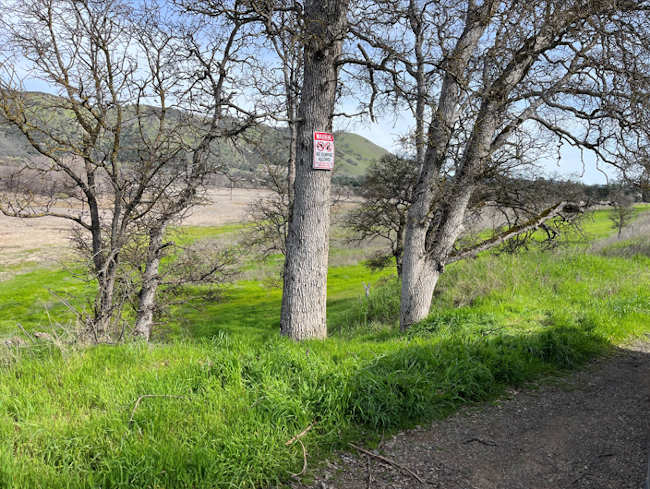
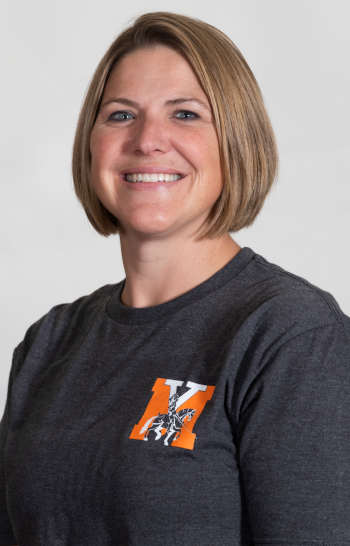

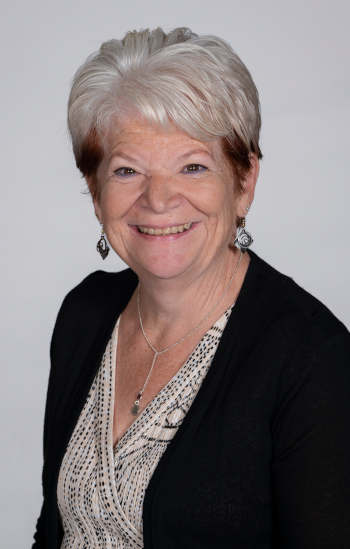
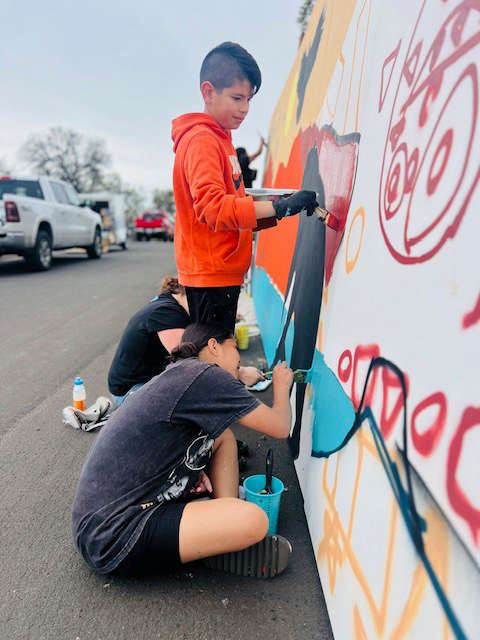
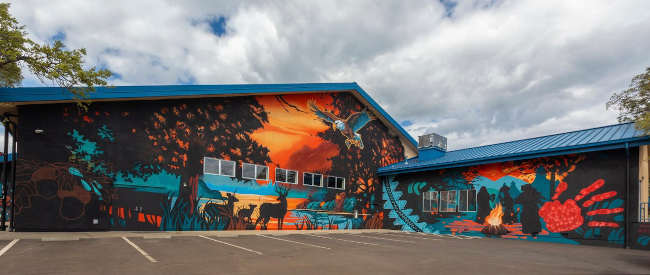




 How to resolve AdBlock issue?
How to resolve AdBlock issue? 




